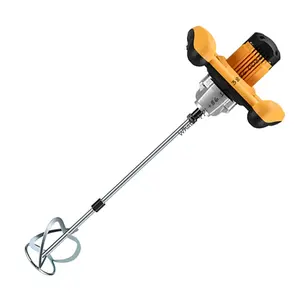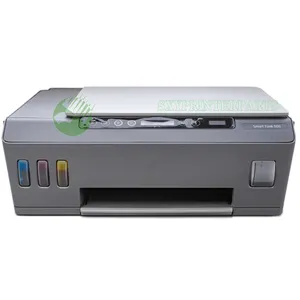Popular in your industry


































































Top categories
About ro plant manual
A reverse osmosis (RO) plant is a sophisticated water treatment system designed to remove impurities and contaminants from water by using a semi-permeable membrane. The RO plant manual provides detailed guidance on the operation and maintenance of these plants, ensuring their optimal performance and longevity. The manual includes step-by-step instructions for setting up, starting, shutting down, and troubleshooting the RO plant, along with guidelines for routine maintenance and periodic checks. It serves as a comprehensive resource for operators, technicians, and maintenance personnel involved in the operation of RO plants, offering crucial insights into the intricacies of these advanced water treatment systems.
Key Components of an RO Plant
The RO plant manual outlines the essential components that make up a typical RO system. These components include a pretreatment system, high-pressure pump, RO membrane module, post-treatment system, and instrumentation and control panel. The pretreatment system, which may consist of filters, softeners, and other units, is responsible for removing larger particles, suspended solids, and contaminants before water enters the RO membrane. The high-pressure pump is critical for pressurizing the feed water to overcome the osmotic pressure and drive the water through the membrane. The RO membrane module is the heart of the system, allowing water molecules to pass through while rejecting impurities. The post-treatment system further polishes the water, adjusting pH and removing any remaining impurities. Lastly, the instrumentation and control panel provide monitoring and control capabilities, allowing operators to oversee the system's performance.
Benefits of Using an RO Plant
There are numerous benefits of using an RO plant for water treatment. First and foremost, it provides an effective solution for producing clean and safe drinking water. The RO process can remove a wide range of contaminants, including dissolved salts, heavy metals, bacteria, and other harmful substances, ensuring the water meets stringent quality standards. Moreover, an RO plant offers scalability and flexibility, making it suitable for various applications, from small-scale residential use to large industrial processes. The modular design of many RO systems allows for easy customization and expansion to meet specific water treatment needs. Additionally, RO plants are energy-efficient, especially with the advancements in energy recovery systems, which help reduce operational costs. The ability to recover and reuse a significant portion of the treated water contributes to the overall sustainability of the water treatment process.
Common Issues and Troubleshooting in RO Plants
RO plants may encounter several common issues during operation, and the RO plant operation and maintenance manual PDF provides guidance on troubleshooting these problems. One prevalent issue is a decline in water production or permeate quality, which can result from fouling or damage to the RO membrane. The manual typically includes procedures for conducting membrane autopsies, cleaning protocols, and guidelines for assessing membrane integrity. Another common challenge is the buildup of scaling or fouling on the membrane surface, leading to decreased performance. The manual may offer recommendations for implementing antiscalant dosing, conducting routine cleaning, and monitoring system parameters to prevent scaling. Additionally, issues with the high-pressure pump, inadequate pretreatment, or improper system configuration can impact the overall efficiency of the RO plant. By following the troubleshooting steps outlined in the manual, operators can identify, address, and prevent these issues, ensuring the consistent and reliable performance of the RO plant.




























